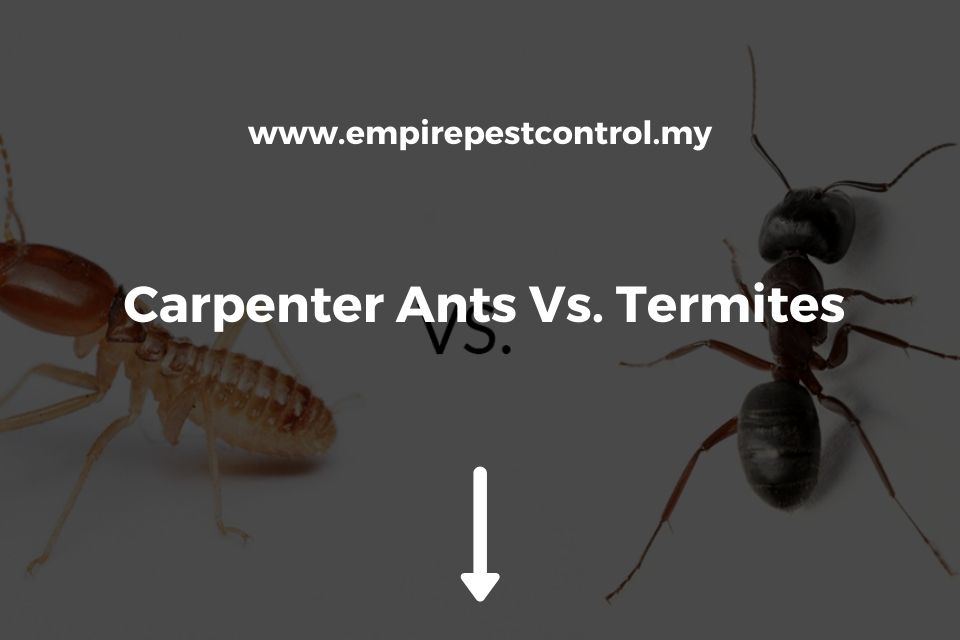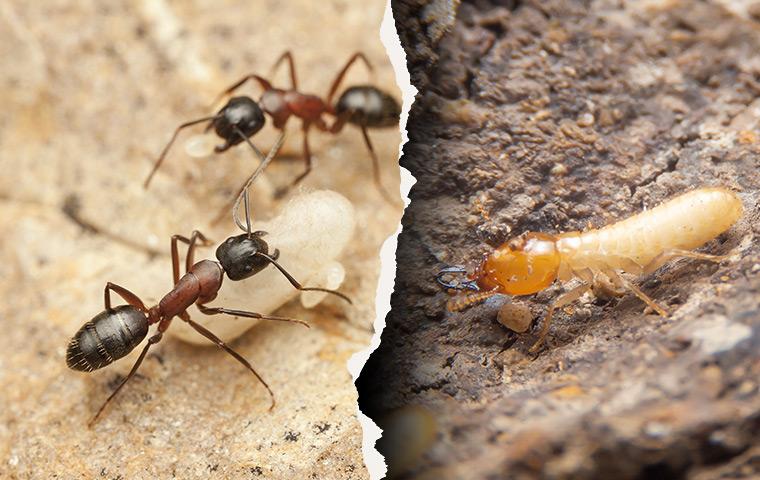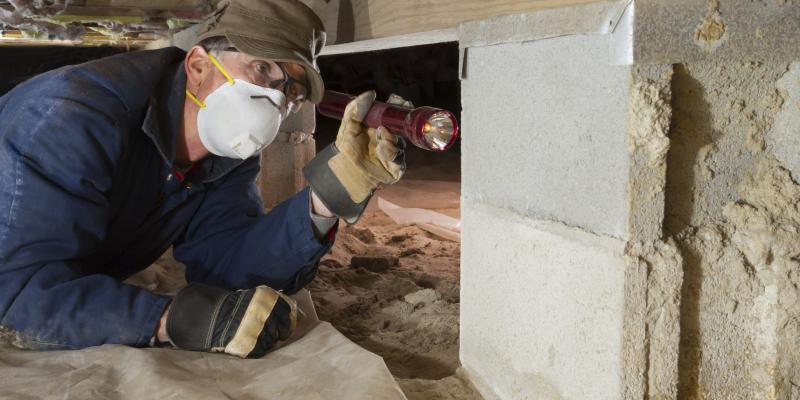Are you aware of the distinctions between carpenter ants and termites? It’s common for people not to know, which may result in significant issues later on. In our blog post, we’re going to explore how these two kinds of insects differ from each other, and what they have in common.
PS: Are you looking for local pest control technicians? If so, look no further! Our team of pest control experts will ensure that all your pest problems are addressed effectively.
Contents
Their Physical Differences
The first thing that you’ll notice when comparing carpenter ants and termites is their physical differences. Here are things that make them different:
- Antennae – Carpenter ants have elbowed antennae, while termites do not.
- Body Shape – Carpenter ants are more slender than termites, and their thorax (the section of the body between the head and abdomen) is narrower.
- Color – Carpenter ants are black or red, while termites are cream-colored.
- Size – Carpenter ants range from about 0.25 to 0.50 inches long, while termites can be as small as 0.06 inches long or as large as 0.75 inches long.
- Wings – Carpenter ants have short wings, while termites have wings that are longer than their body length.
The Difference of Their Behaviors
The two insects interact with wood in various ways. Termites, for example, devour the wood in which they build their homes. Carpenter ants excavate their nests by digging into the wood; they do not eat the wood; instead, they push it out via the colony’s galleries’ apertures.
As a result, if you notice small heaps of wood shavings or frass (insect excrement) beneath the holes, you can tell if you have a carpenter ant infestation. Termites will gnaw right through the good wood, while carpenter ants prefer moist and damaged wood to excavate their nests.
The appearance of the wood tunnels is another noticeable distinction. The carpenter ants’ tunnels and galleries will be very smooth and completed; termite galleries, on the other hand, will be rough and ragged because they will be filled with layers of earth and mud.
Do you spot any dirt tubes, as well? The presence or absence of termites is indicated by a mud tube. Termites travel through these tubes, which are created on the exterior of buildings or between earth and wood and serve as the termite’s pathways.
Getting Rid of Ants and Termites
Because termites and carpenter ants are so diverse, each has its own set of successful management tactics. Carpenter ants can often be handled by removing the conditions that drew them in, but a termite infestation would usually necessitate expert intervention.
It is important to try to obtain a sample for identification if you have flying ant-like insects in your home or building. You can either compare the sample to internet photos and graphics or show it to an entomologist or a pest management expert for identification and treatment recommendations.
Control of these insects will comprise a multi-pronged approach that will use a variety of chemicals to kill current pests and repel new ones. Removing and repairing structural wood that has been harmed by the insects will also be crucial.
Wrapping It Up
As you can see, carpenter ants and termites have different behaviors and colony structures. While both pests can cause damage to your home, it is important to identify which type of infestation you are dealing with in order to implement the correct treatment.
If you think you may have an ant or termite problem, don’t hesitate to get in touch with us for professional assistance.



